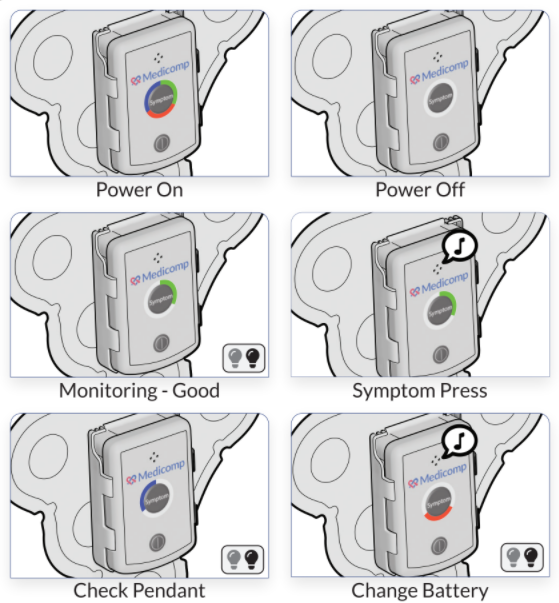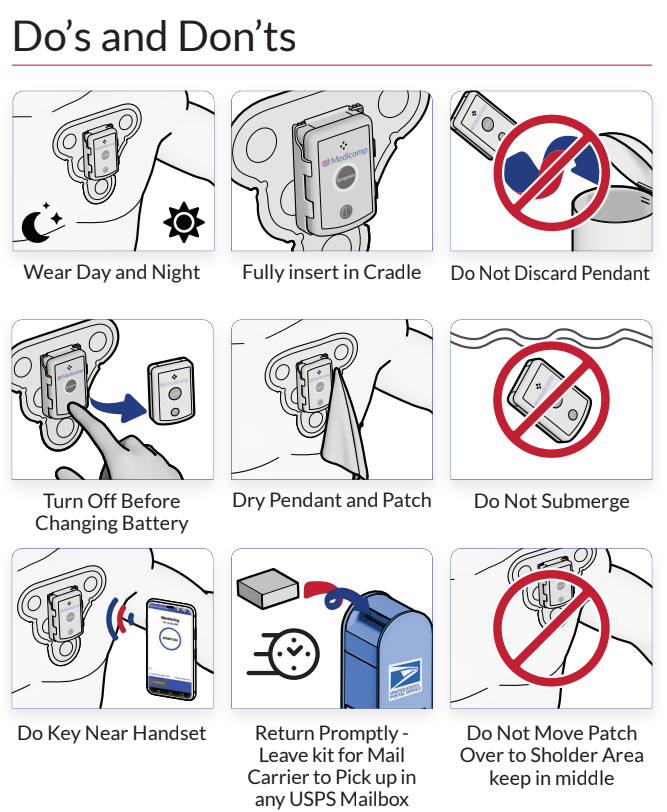In the bustling life of a doctor, it seems the niceties of holding a conversation with patients are a thing of the past. However, recent research has proven that open lines of communication between caregivers and patients leads to surprising results — and more positive health outcomes.
Most physicians understand the basics of communication: making eye contact, opening conversations with a smile, placing the patient at ease, and paying attention to what is being said. What happens in situations out of the norm, though? How do you help a belligerent patient, or one who does not speak, or any situation where communication is difficult?
When patients are confused or upset, they often become angry. The brunt of their hostility will be directed at the easiest contact — usually you. Generally speaking, the anger is not intended for you, but at you. Therefore, do not take a defensive stance; answer the patient’s anger calmly and reasonably. Deflecting anger, rather than answering with your own, will de-escalate the situation. Ensure the patient understands that you are accepting his or her anger, and you truly want to hear the problem and help solve it.
Patients who do not seem to understand your instructions are another conundrum. Be sure to use clear, easy-to-understand language. Refrain from using acronyms or any medical terminology. If they are still experiencing difficulty understanding, it may be due to stress. When patients are given a poor diagnosis, it can take their brains a while to process information. Pause after you deliver news, and ask if the patient is all right. Ask if there is anything you can explain further. Let them voice any concerns. Sometimes they will appear dazed for quite a while, and any information you give them will process very slowly, if at all. It may be in the patient’s best interest to schedule a second meeting for the following day, or ask if you can write down the information the patient must know before leaving today so they can look at it later. Remember, sometimes your patient is not listening because he or she is simply bursting with information to share with you. If you don’t think your patient is understanding, ask them if they have any questions before you begin your next sentence. You might be surprised with how much the patient actually understands, but was unable to follow until the questions he or she had were answered.
When you want your own questions answered about any of ReactDx’s array of heart rate monitors, call 800-23-HEART or contact us online to speak with one of our trained professionals. Our blog page contains articles pertaining to communication and customer care to ensure you are giving the best care possible to your patients.



